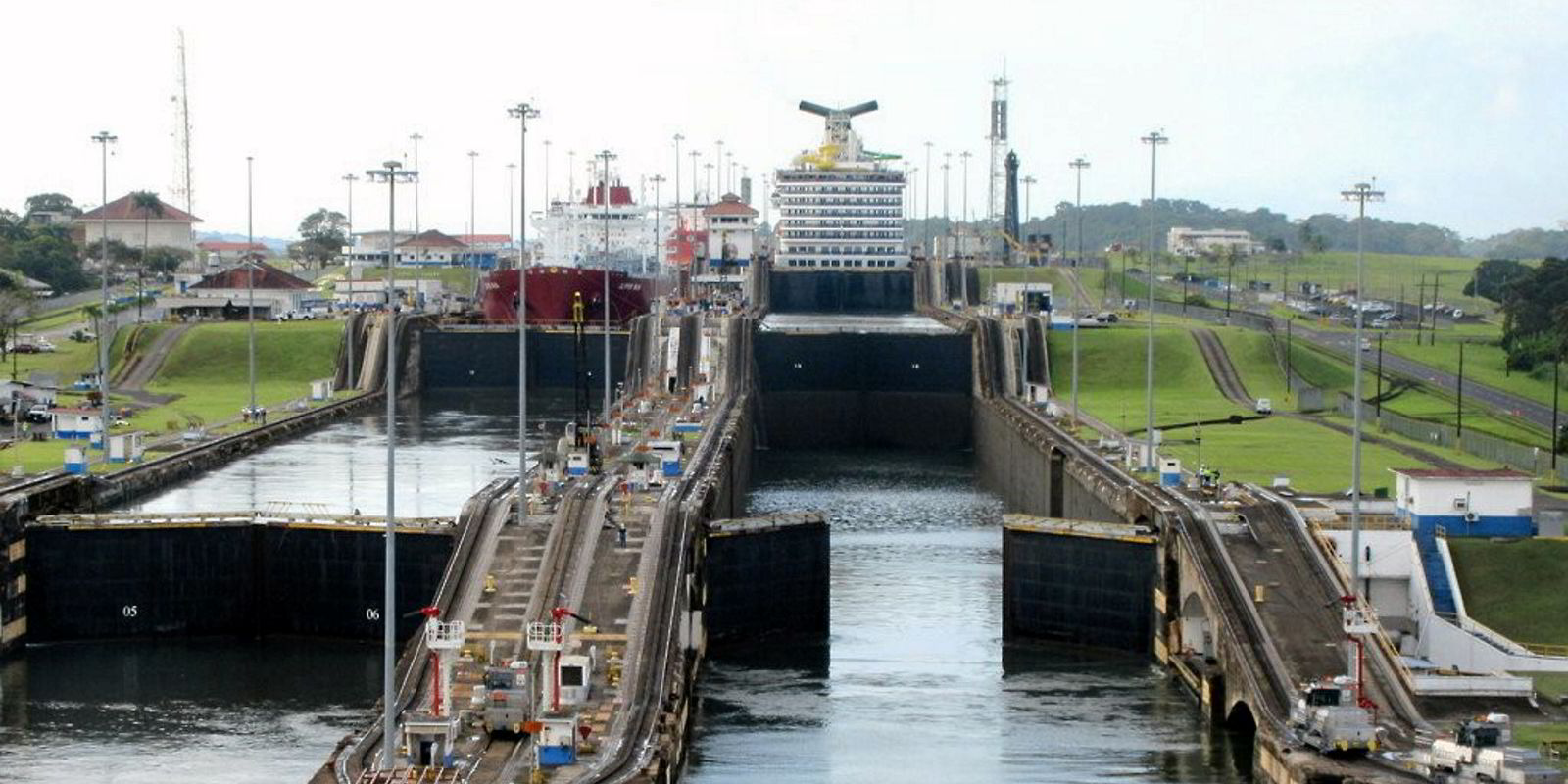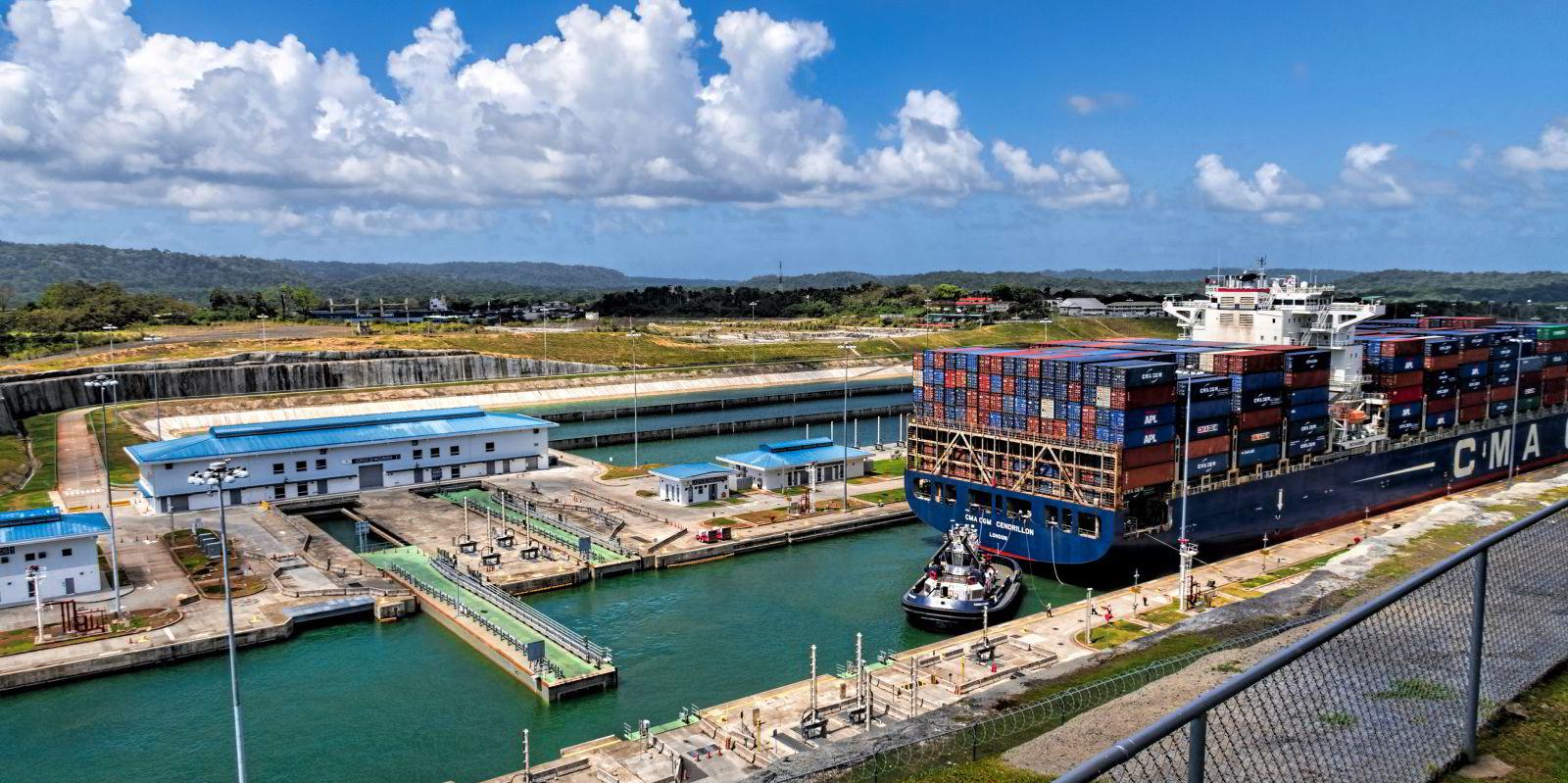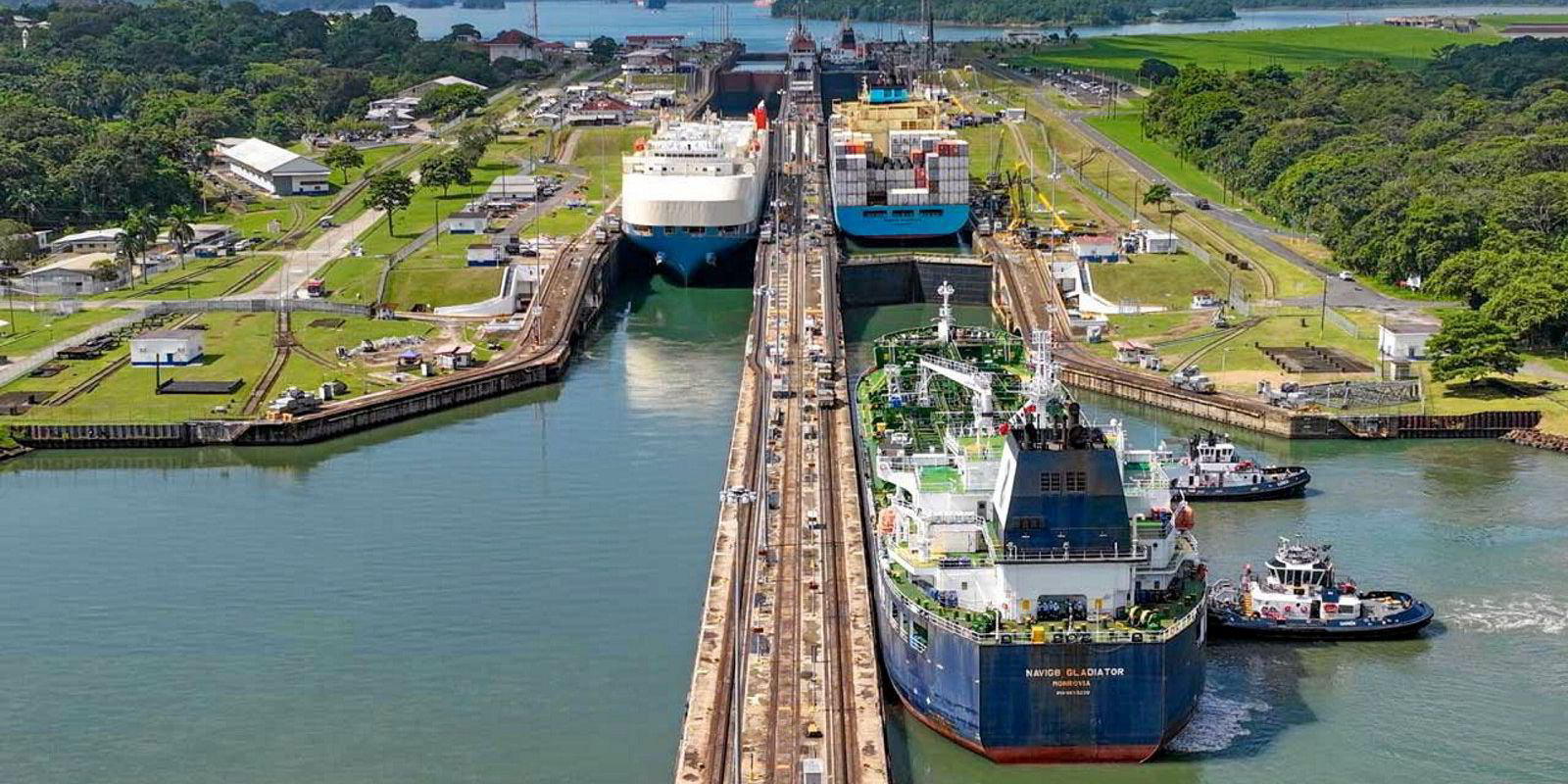The Panama Canal Authority (ACP) has increased the number of vessel crossings for a second time since January.
Transits, however, will remain well below the level before a drought at Lake Gatun forced the administration to severely restrict ship traffic in November.
From 18 March, the ACP will offer two additional slots for auction, bringing the total to 26 daily crossings. One more will be added a week later to increase transits to 27.
The three extra slots, however, apply just to the canal’s old “panamax” vessel size, the number of which rises to 20 from 17.
The number of “neopanamax” transits remains constant at seven.
In a regular scenario, the ACP allowed 10 neopanamax and 26 old panamax crossings.
In a shock announcement on 30 October, however, it curtailed traffic volumes for the first time in the canal’s 110-year history, citing dropping water levels at Lake Gatun after the driest month on record.
The decision, which sent shockwaves through the shipping industry, was initially meant to reduce the total number of daily transits to 20 in January and 18 in February.
In January, however, the ACP partly reversed the cuts to 24 crossings.
“Panama Canal specialists are closely monitoring the current water situation, and the measures announced today … will remain in effect until conditions warrant changes, which will be announced in a timely manner,” the ACP said in a statement late on Monday.
Water level restrictions have hampered traffic through the Panama Canal, forcing large parts of the shipping industry to reroute voyages.
According to the International Monetary Fund’s PortWatch database, the seven-day moving average of transit trade volume through the waterway dropped from 1.78m tonnes in mid-September 2023 to as low as 1.02m tonnes at the end of February.
The reading has recovered somewhat since, to 1.11m tonnes as of 10 March.
The Panama Canal’s woes complement those at the Suez Canal, the world’s other key waterway, where traffic was slashed after Yemen’s Houthi rebels began attacking ships in the Red Sea and the Gulf of Aden.
The seven-day moving average of daily Suez Canal transits collapsed by more than half, from 73 before Christmas to 32 in early March.





